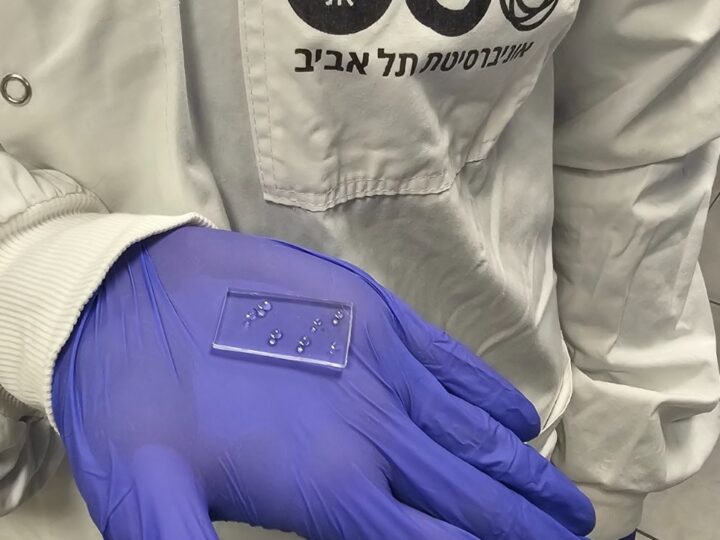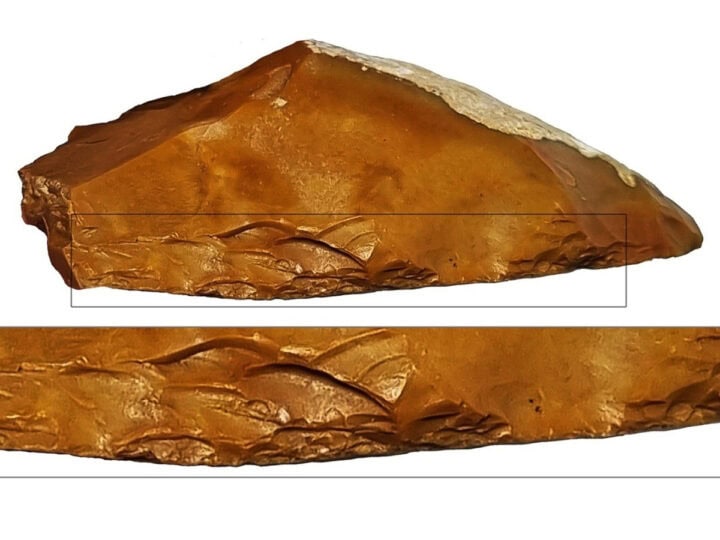A rare trove of 3,000 year-old jewelry was recently discovered at Megiddo by researchers from Tel Aviv University. The treasure included a collection of gold and silver jewelry dating from around 1100 B.C.
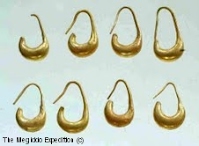
The intricately designed jewelry was found hidden in a vessel at the archaeological site of Tel Megiddo in the Jezreel Valley in northern Israel.
According to Prof. Israel Finkelstein of TAU’s Department of Archaeology and Near Eastern Cultures, the vessel was actually found in 2010, but hadn’t been inspected thoroughly as it was awaiting a molecular analysis of its content. When researchers were finally able to wash out the dirt, pieces of jewelry, including a ring, earrings, and beads, flooded from the vessel.
“It’s clear that people tried to hide the collection, and for some reason they were unable to come back to pick it up,” said Finkelstein.
The most notable piece, the researchers say, is a gold earring with a pattern of molded wild goats (ibex). “For unique items, we work to find parallels to help place the items in their correct cultural and chronological settings, but in this case we still haven’t found anything,” say the researchers.
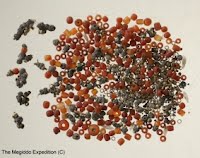
The gold, silver and bronze pieces were wrapped in fabric and hidden in the vessel. Researchers sent both the textile and the jewelry for analysis – hoping to learn more about the origins of the collection.
If the gold turns out to be pure rather than a mixture of gold and silver, for example, the metal most likely will have come from Egypt.
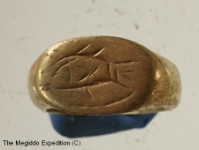
Associate Director Prof. Eric Cline of George Washington University in Washington, D.C. says such a connection would make sense as interactions between Egypt and Megiddo are known to have taken place during both the Bronze Age and the Iron Age.
Fighting for Israel's truth
We cover what makes life in Israel so special — it's people. A non-profit organization, ISRAEL21c's team of journalists are committed to telling stories that humanize Israelis and show their positive impact on our world. You can bring these stories to life by making a donation of $6/month.






